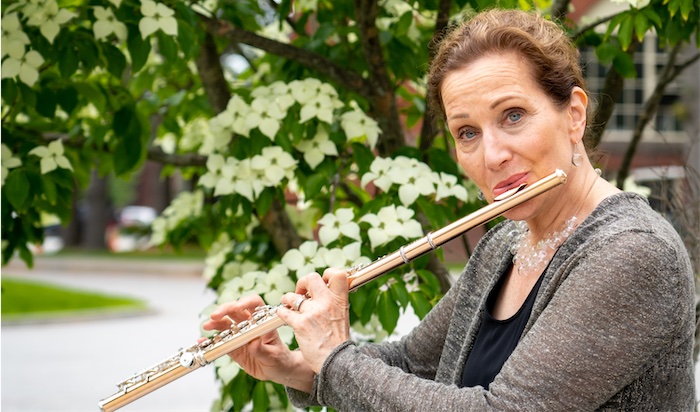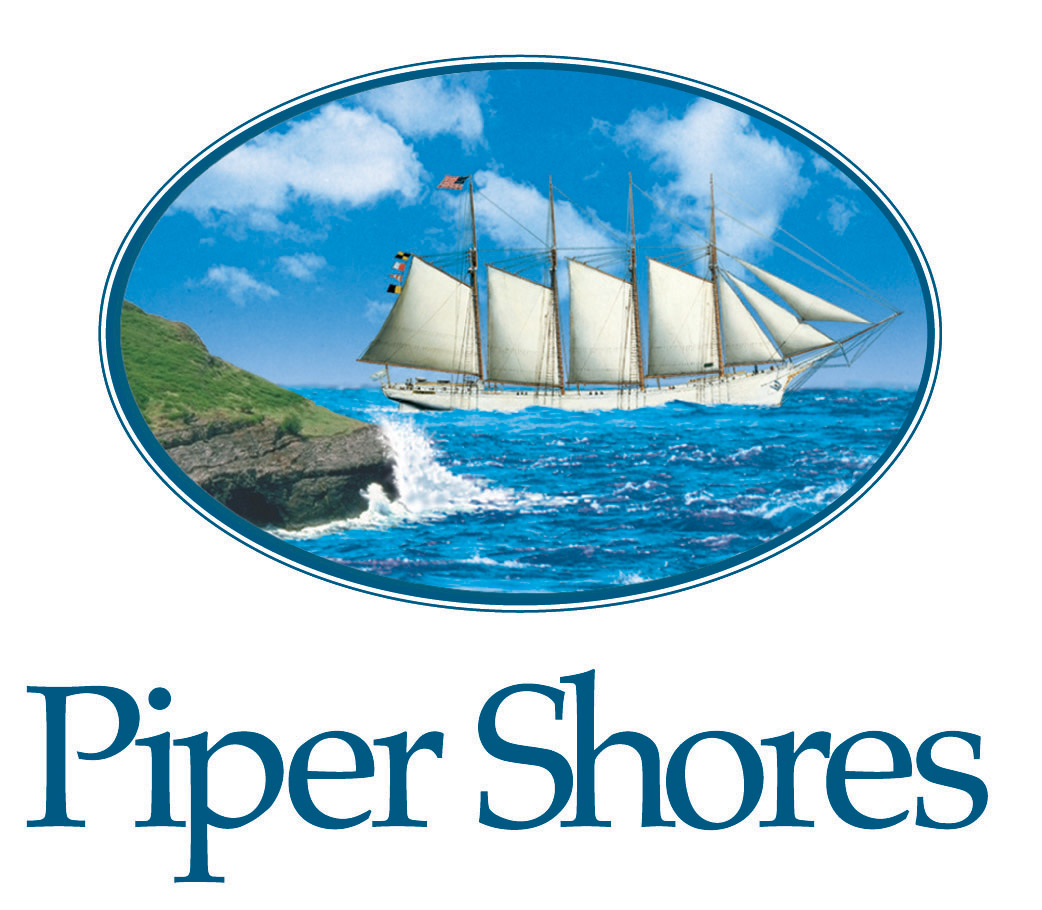- This event has passed.
Smaldone, Beethoven, & Shostakovich
EDWARD SMALDONE (b. 1956)
Duke Re-dux
Linda Chesis, flute • Derek Bermel, bass clarinet • Jeffrey Zeigler, cello • Luke Rinderknecht, vibraphone
LUDWIG VAN BEETHOVEN (1770-1827)
String Trio in G Major, Op. 9, No. 1
- Adagio – Allegro con brio
- Adagio ma non tanto e cantabile
- Scherzo. Allegro
- Presto
Renée Jolles, violin • Rebecca Albers, viola • Steven Doane, cello
— Intermission —
DMITRI SHOSTAKOVICH (1906-1975)
Piano Trio No. 2 in E Minor, Op. 67
- Andante – Moderato
- Allegro con brio
- Largo
- Allegretto – Adagio
Mikhail Kopelman, violin • Ahrim Kim, cello • Tao Lin, piano
Program Notes
EDWARD SMALDONE (b. 1956)
Duke Re-dux
Linda Chesis, flute • Derek Bermel, bass clarinet • Jeffrey Zeigler, cello • Luke Rinderknecht, vibraphone
Edward Smaldone has written the following program note to accompany Duke Re-dux:
Duke Re-dux is the composer’s re-orchestration of his work Duke (one of two movements performed as Duke/Monk), originally written for flute and piano. The work also exists in a version for clarinet and piano, which has been recorded by Charles Neidich and Morey Ritt, on New Focus Recordings (2020). This new version revisits the original work for flute and piano. The flute plays the same part as the other flute version, but the piano is reimagined for this ensemble, which allows for considerably more sustain in the harmonic underpinning. The entire movement is a single statement of a kind of chamber music “fantasy reflection” of Duke Ellington’s “Come Sunday.” The spiritual quality of that original source material is heard in buoyant sustain. (The vibraphone holds the pedal down for bars and bars at a time, allowing the chords to accrete into clusters; the bass clarinet and cello sustain their parts as no piano possibly could.)
The new work was prepared for the February 2022 Weill Recital Hall concert by the Cleveland-based NO EXIT Ensemble, who gave the premiere performances.
LUDWIG VAN BEETHOVEN (1770-1827)
String Trio in G Major, Op. 9, No. 1
Renée Jolles, violin • Rebecca Albers, viola • Steven Doane, cello
Beethoven’s three String Trios, Op. 9, were composed, like the Op. 18 quartets, in the early years following Beethoven’s arrival to Vienna. Having left Bonn at age 21 for the city of Haydn and Mozart, Beethoven sought to establish himself in Viennese musical circles. Initially, he became famous for his prowess as a virtuoso pianist, and in particular as a formidable improviser; meanwhile, however, he was honing his compositional craft.
Before Beethoven felt comfortable venturing his first string quartet—a prestigious genre which had been cultivated by Haydn and Mozart—Beethoven trained himself, both by copying out the others’ quartets, and by composing string trios. Indeed, all five of his completed works for the ensemble, including his Trio, Op. 3, his Serenade for String Trio, Op. 8, and the set of three Trios, Op. 9, date from this period. But unlike his previous efforts, and unlike the String Trios written by his hallowed predecessors, Beethoven’s Op. 9 trios are not conceived as suites of light music, or divertimenti, but rather embody the more serious, four-movement progression beginning with a first movement in sonata form—thereby foreshadowing the quartets he would soon attempt. They also offer a foretaste of Beethoven’s multiple musical personalities: while this evening’s No. 1 showcases a joyful exuberance and optimism, in which conflicts resolve expediently and harmoniously, No. 3 hints at the greater tumult of Beethoven’s “C Minor” style.
The string trio, more than a mere testing ground for quartet-writing, poses compositional challenges of its own—the absence of a fourth voice requires careful negotiation, and places a great degree of independence on each member of the group—and Beethoven was evidently proud of the Op. 9 set. He dedicated the trios to Count Johann Georg von Browne, an Irish-born officer of the Russian army stationed in Vienna and an important early supporter of his, writing, “to the foremost patron of his muse, go the best of his works.”
— Intermission —
DMITRI SHOSTAKOVICH (1906-1975)
Piano Trio No. 2 in E Minor, Op. 67
Mikhail Kopelman, violin • Ahrim Kim, cello • Tao Lin, piano
In December 1943, Shostakovich mentioned that he had a trio in progress “on Russian folk themes”. However, when his dear friend, Ivan Ivanovich Sollertinsky—a formidable linguist, musicologist, and artistic director of the Leningrad Philharmonic—died unexpectedly the following February, the composer was deeply shaken. As Shostakovich wrote to Sollertinsky’s widow, “I cannot express in words the grief that engulfed me when I received the news of Ivan Ivanovich’s death. He was my very closest and dearest friend. I owe all my education to him. To live without him will be unbearably difficult.” Thus, just as Tchaikovsky composed a piano trio as a memorial elegy for the late Nikolai Rubinstein, and Rachmaninoff had composed a piano trio as an elegy following the death of Tchaikovsky, Shostakovich’s work became a memorial, adding another example of the emergent Russian tradition of composing elegiac piano trios.
The composer’s mourning made it into the trio’s tender opening—intoned in the cello’s suitably vulnerable artificial harmonics in the highest register—as well as into the throbbing, doleful passacaglia of the third movement. But his original designs to include folk materials in the Trio were also preserved, most famously in the final movement, which is widely considered the first time that Shostakovich made use of Jewish folk music in his work. Musicologists have interpreted this musical borrowing as a gesture of moral solidarity, particularly following the Soviet liberation of Nazi death camps which drew public awareness to the plight of Jews during the war. While it can often be tempting—and potentially misleading—to read political meanings in Shostakovich’s music, the case here seems clear: the composer regularly voiced his deep support for Jewish people throughout his life, remaining a constant and brave advocate for Jewish friends and colleagues, and Jewish music was to form an enduring component of his own compositional lexicon.
COVID POLICY
Proof of vaccination and booster required upon entry at Studzinski Recital Hall.
This concert is generously sponsored by:









